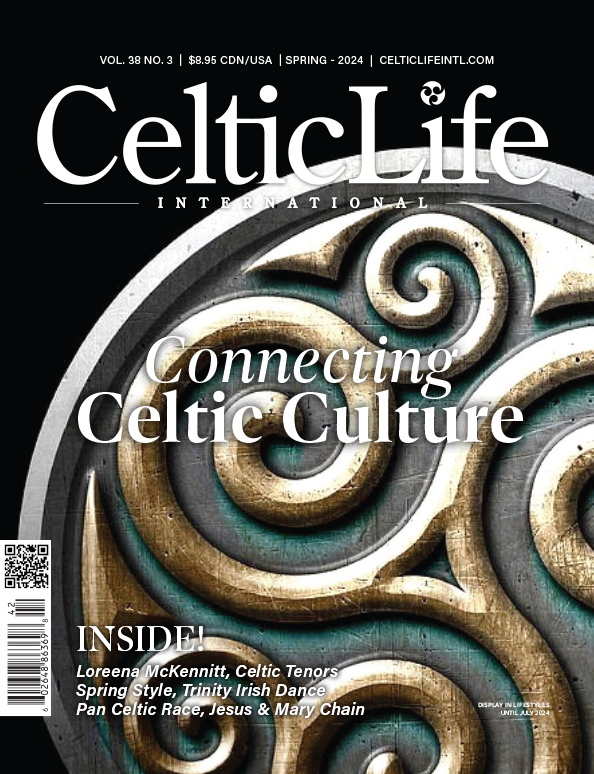
From the accounts of Britain made by the classical authors, we know that, by the fourth century AD, the predominant people in northern Scotland were referred to as “Picts.”
Throughout history, these Picts have been shadowy, enigmatic figures.
From the outset, they were regarded as savage warriors but by the time the Norsemen were compiling their sagas and histories, the memory of the Picts had degenerated into a semi-mythical race of fairies.
Theories abound, although these days it is generally accepted that the Picts were not, as once believed, a new race, but were simply the descendents of the indigenous Iron Age people of northern Scotland.
The cloud of uncertainty that surrounds the Picts is simply because they left no written records.
Because of this, we have no clear insight into how they lived, their beliefs or society. All we know of them is from second-hand anecdotal evidence, lifted from the various historical writers who recorded their own, possibly biased, impressions of the Pictish people.
The earliest surviving mention of the Picts dates from 297 AD.
In a poem praising the Roman emperor Constantius Chlorus, the orator Eumenius wrote that the Britons were already accustomed to the semi-naked “Picti and Hiberni (Irish) as their enemies.”
From Emenius’ statement, we can see that the Picts were already a major thorn in the Roman Empire’s side. And they continued to be a problem for their neighbours – continually harassing them for centuries after the Roman legions abandoned Britain.

But who were they?
The term “Picti” was more than likely a Roman nickname used to describe the people north of Hadrian’s Wall. In much the same way as the term “European” is used today to describe people from a number of countries, Pict was a blanket term applied to an agglomeration of different people in the northern Scotland, probably with different cultures and, if the Life of St Columba is to believed, language.
The word “Pict” means “painted people”, probably referring to the Pictish custom of either tattooing their bodies or embellishing themselves with “warpaint”. However, their Irish term “Cruithni”, meaning “the people of the designs”, seems to parallel the Roman name, so it may be that “Picti” was an adaptation of the name they called themselves.
The toponymic elements “Pett” and “Pitt” are certainly a common feature of placenames in Pictish territories. The Norsemen, when they arrived in Orkney, certainly described the inhabitants at “Pettr”.
Before the Romans arrived in Britain, these northern peoples were probably fragmented tribes who spent much of their time fighting among themselves.
The Roman threat from the south, however, appears to have forced them together in an embryonic Pictish state. This allowed the tribes to resist the continental invaders as well as take advantage of the opportunity for plunder.
This forced co-operation in the face of the Roman invaders developed over time. By the time the empire abandoned Britannia in the fifth century AD, the northern tribes had begun to form into what would later become the Pictish Kingdom.
Their language is a mystery; the meaning of the symbols stones they left remains an enigma. And although recent archaeological work in mainland Scotland continues to shed light on the Picts, many of the theories about their way of life remain educated speculation, with scholars divided on many elements.






















Can you tell us about the map? I have never seen Fortriu for Fife anywhere else.